Historical events play an important role in Bianca Baldi’s films. The South African artist is July’s DOUBLE FEATURE guest.
First of all, in the right stereo image there is knocking, which comes across as a fast, continuous rhythm. A muffled kick drum? A heartbeat? While the screen insists on remaining black, a woman’s voice sounds out from the left: “Let’s begin by standing with your eyes open at the beginning of your chosen path”. The dark black reveals spherical shadows, swirls of smoke seems to drift through the picture. You think you can make out a tree, branches, everything strangely distorted. “Free yourself from your eyes, brain […] With closed eyes see through the darkness”. The constant rhythm accelerates, threatens to stumble and the eye now understands that we are in a labyrinth. “I come to you because I desire to see – eyes in the back of your head” the voice says finally uttering the title of the work.
The idea for the installation “Eyes in the back of your head” came about in 2016 while she was artist in residence in Ljubljana, Slovenia. In the local Ethnographical Museum Bianca Baldi (born 1985 in Johannesburg, South Africa) discovered documentary photographs by Slovenian engineer Anton Codelli and a talisman scroll from the Togo collection of his friend Leo Poljanec. The two men had joined the company Telefunken, to install a wireless telegraph in Kamina, a town in Togoland (then a German colony) that was to radio to Nauen in Brandenburg.
Banned demons
In the installation “Eyes in the back of your head”, which was on show this year in Kunstverein Harburger Bahnhof in Hamburg meter-long strips of cloth hung from the ceiling printed with the photos by Anton Codelli – the video work, which is now being presented in DOUBLE FEATURE is part of this installation. Codelli’s images also crop up again here: on the walls of that labyrinth through which the camera glides incessantly before later capturing it in its entirety from above – where it now reveals itself to viewers as that labyrinth from the talisman scrolls in which demons are to be eternally imprisoned so they cannot harm the scroll bearer.
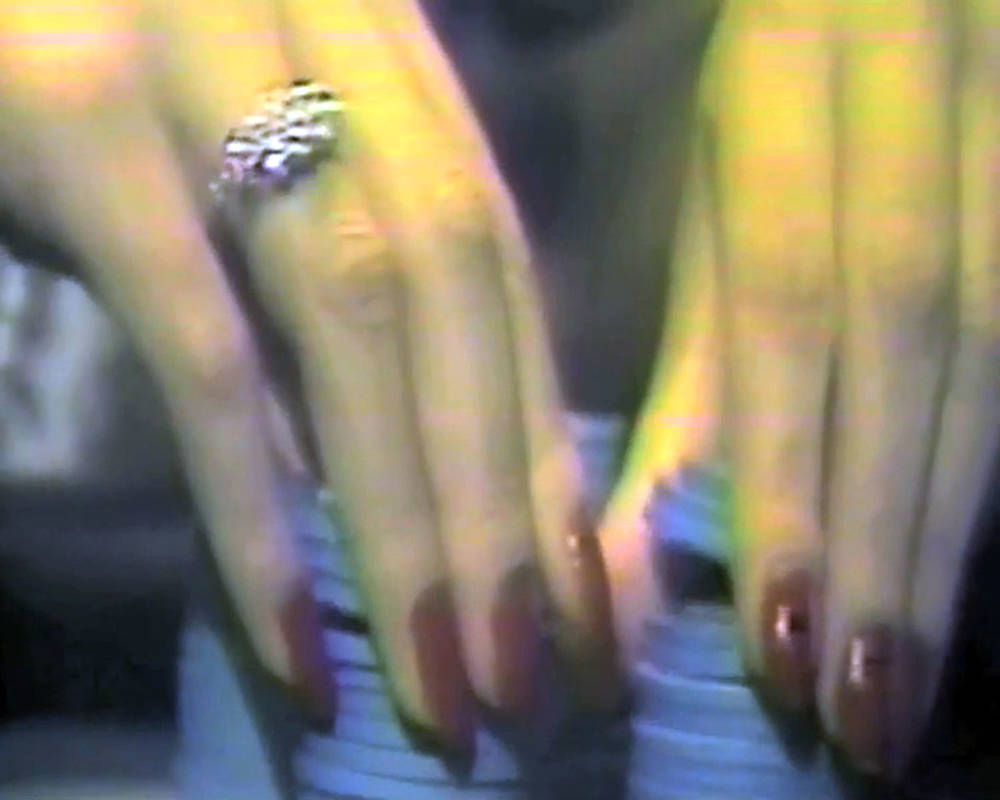
Essentially, in the work “Eyes in the back of your head” Baldi asks questions about human options for communicating and their impact: On the one hand the technological, scientific form of communication, which repeatedly shimmers through in the symbol of the radio station, on the other communication within a mythological, spiritual world: a labyrinth that captures the influence of the spiritual world in our own lives. On a formal level this principle is taken up precisely in the use of sound: Baldi only lets communication by language be heard from the left – language is said to be located in the left side of the brain. By contrast, the right side of the brain is said to be more for taking in things as a whole, and for intuition. And on the right side Bianca Baldi features a monotonous rhythm that might recall ritual percussion music.
Apartheid and boycott
Baldi is often inspired by historical events in her works: For example, “Zero Latitude”, which was shown 2014 at the Berlin Biennale refers to the Camp Bed Trunk with a fold out bed of colonial explorer Pierre Savorgnan de Brazza, which Louis Vuitton designed especially for him. In the installation “Fun Capital” (2012), comprising found footage video material and photographs Baldi focused on Frank Sinatra’s performance in Sun City, a luxury resort and casino complex of former South African homeland Bophuthatswana on which United Nations placed a culture boycott because of its apartheid policy.
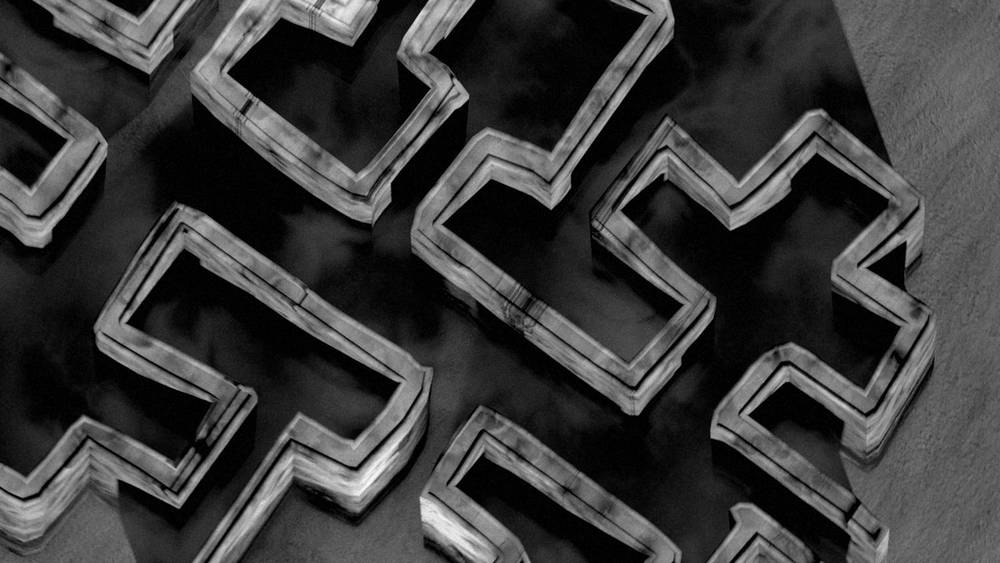
Bianca Baldi chose as her favorite film Raúl Ruiz’ (1941-2011) “L’hypothèse du tableau volé” (The Hypothesis of the Stolen Painting) from 1978 in which we are introduced to the enigmatic imagery of the artist Frédérique by the art collector Jean Rougeul. We discover from the eloquent collector that in the late 19th century Tonnerre’s paintings caused a scandal in the art world, which we find difficult to understand today. Subsequently, the art collector attempts through the remaining six paintings by the artist – one painting was stolen and has been irrevocably lost – to unveil the mystery behind these pictures.
Still more questions
He leads the viewers through a baroque property in which static images are brought to life. While the collector glides through these tableau vivants he leads the observer astray on several occasions, is interrupted now and then by a second voice coming from an unseen person who sometimes agrees with the collector and other times argues with him, and attempts to get to the bottom of the strange riddle of the pictures.

“L’hypothèse du tableau volé” is a stroke of genius by French-Chilean director Raúl Ruiz. Reminiscent in formal terms of the lost genre of the film essay, over time the work increasingly projects an image of itself as a mockumentary, referring to the literary oeuvre of French author Pierre Klossowski, who was also involved in the screenplay. The film asks essential questions about perception and the nature of visual art, affects to answer them playfully using cinematic means of expression, only to leave the viewer with even more questions than before. As such, “L’hypothèse du tableau volé” is an incredibly artful and entertaining riddle and as such like all good riddles not really intended to be solved. What remains are the images brought to life – in their corporeality and liveliness they represent an objection to the purely expressive form and function of their selves.
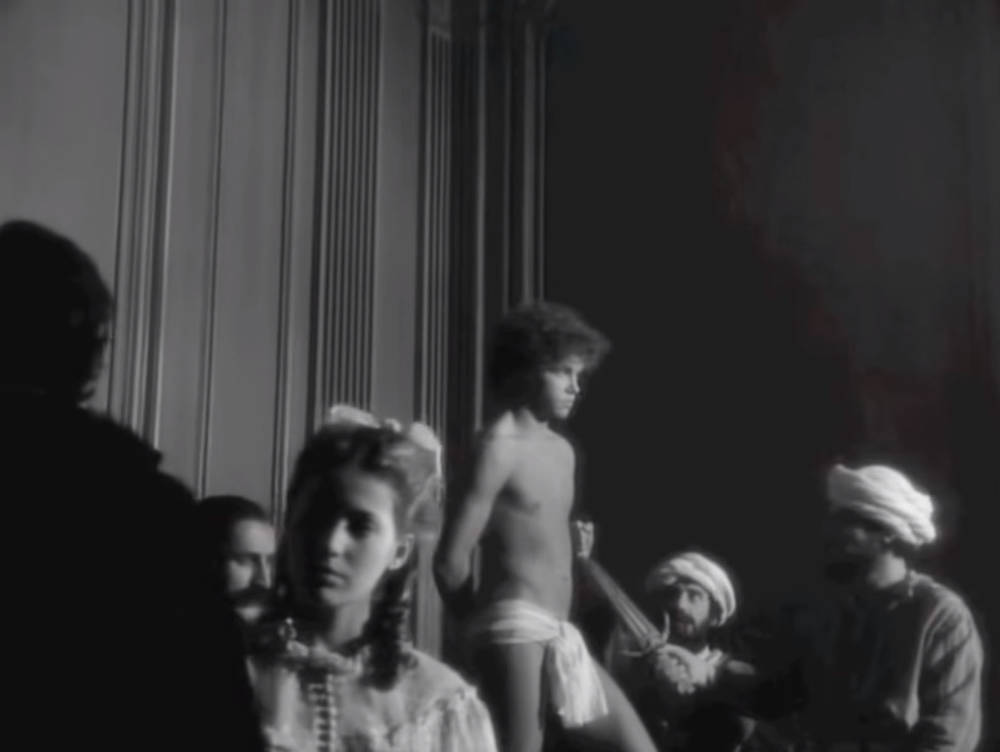
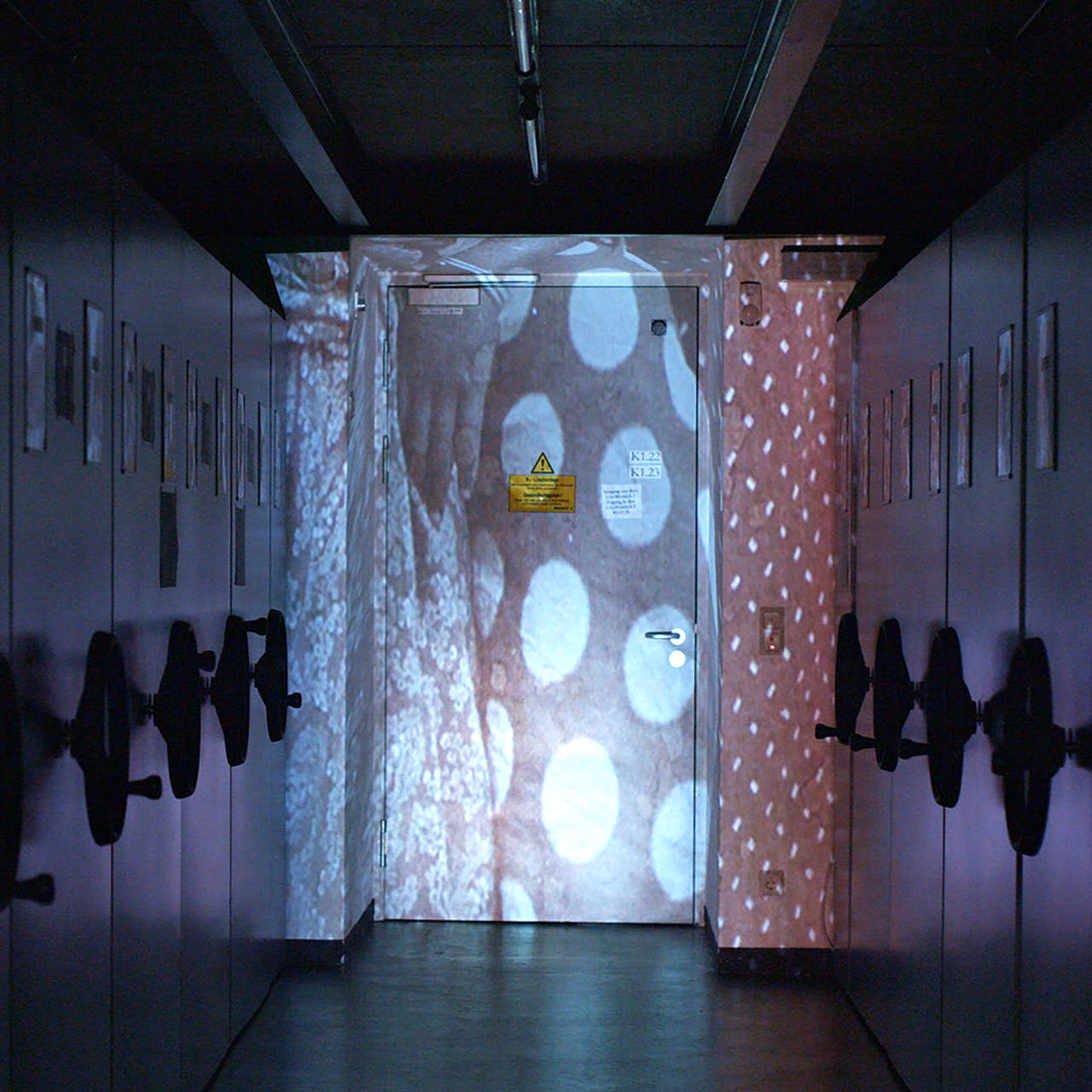
Following Yaarborley Domeï
Belinda Kazeem-Kamínski’s video piece is dedicated to a letter written by Yaarborley Domeï. This rare testimony to a past time describes not only...
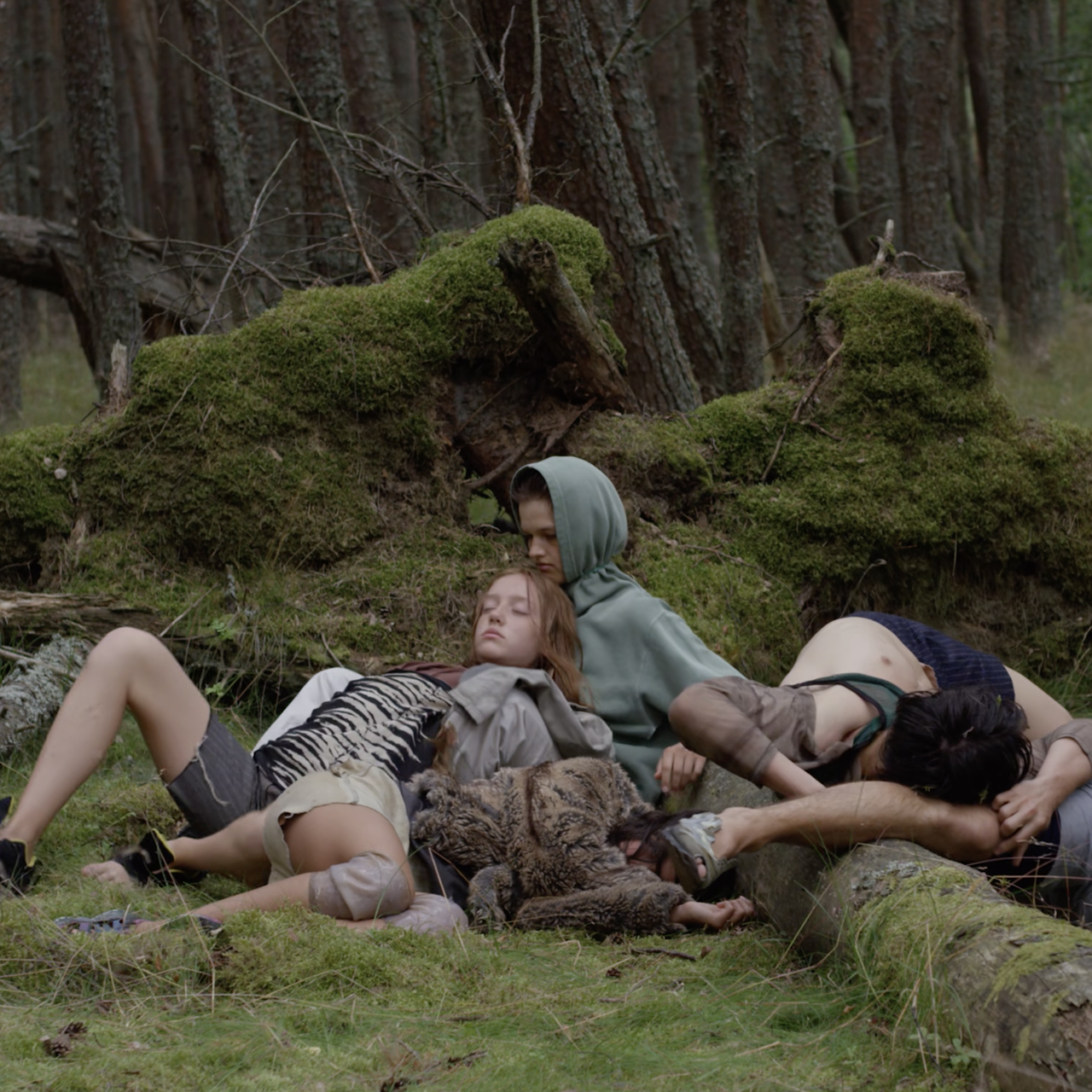
A Symphony of Transformation, Decay and Regeneration
Hybrid creatures with prostheses or organic forms jutting out of their bodies – in the upcoming DOUBLE FEATURE artist Eglė Budvytytė turns her...
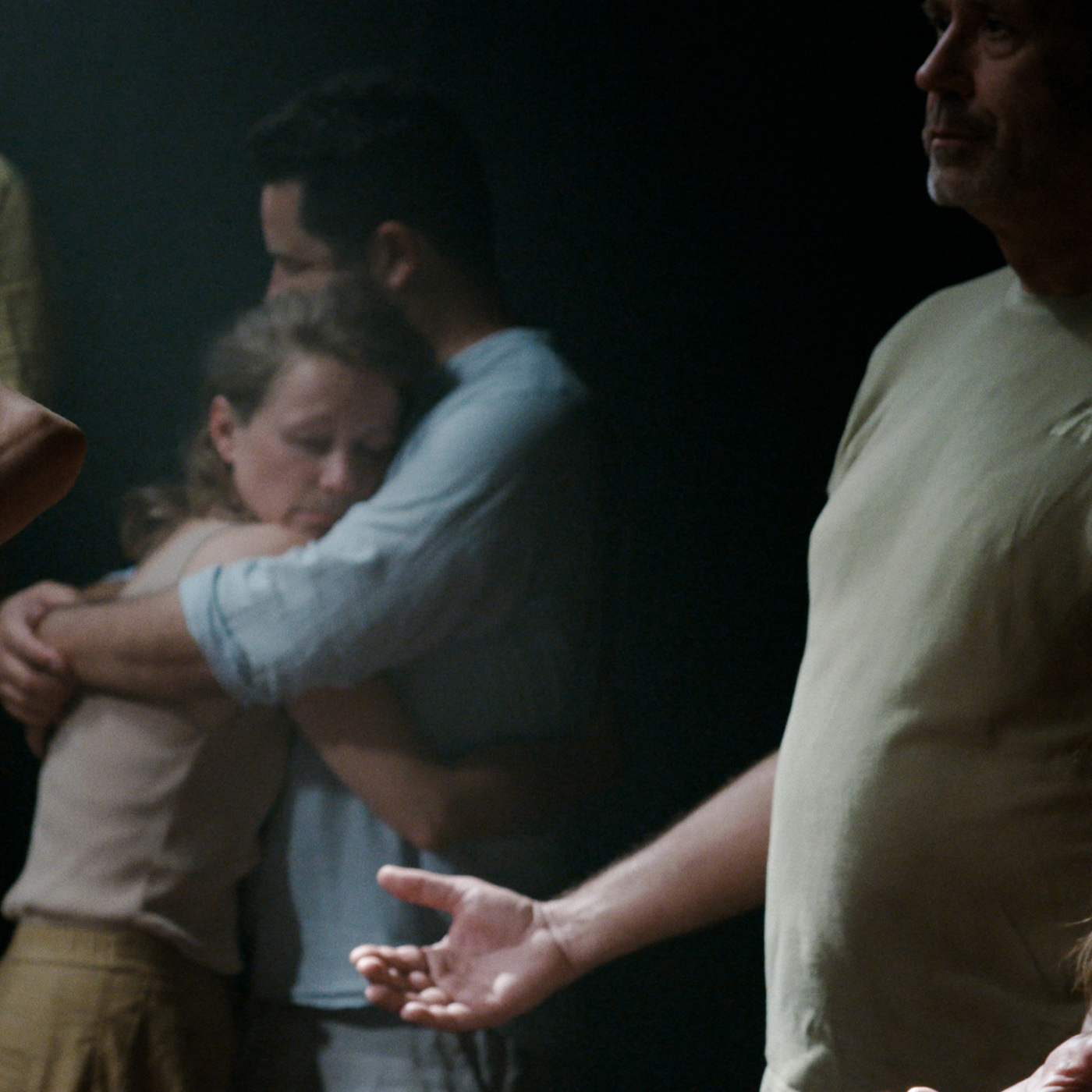
Just What is a Patriarchy?
Can women help men to articulate their emotions? And what is the response to feminist statements in patriarchal structures? Julika Rudelius looks into...
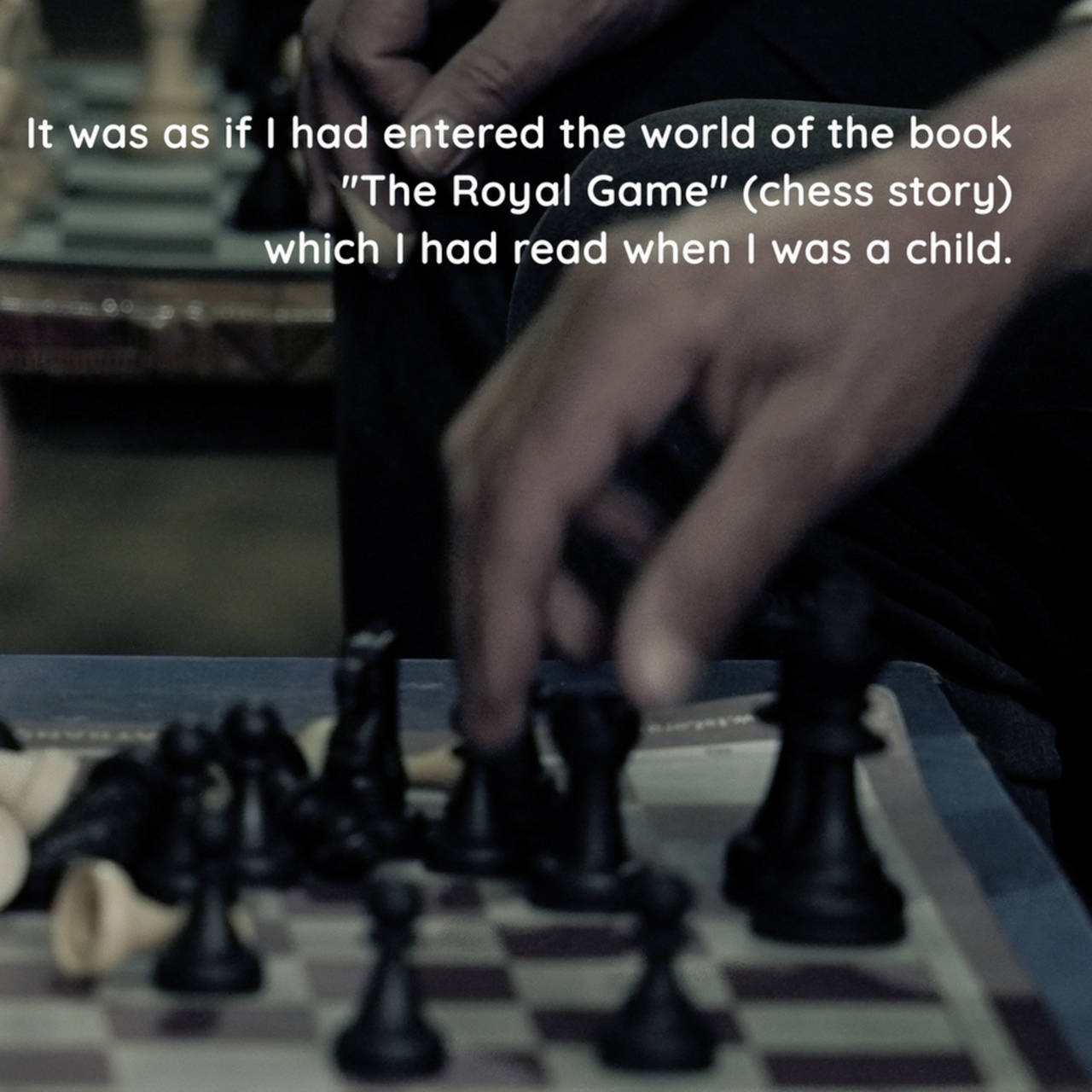
Chess Stands for Survival and Prison
In the upcoming DOUBLE FEATURE artist Pınar Öğrenci is screening her video “Aşît”, which was inspired by Stefan Zweig’s “The Royal Game”. She finds...
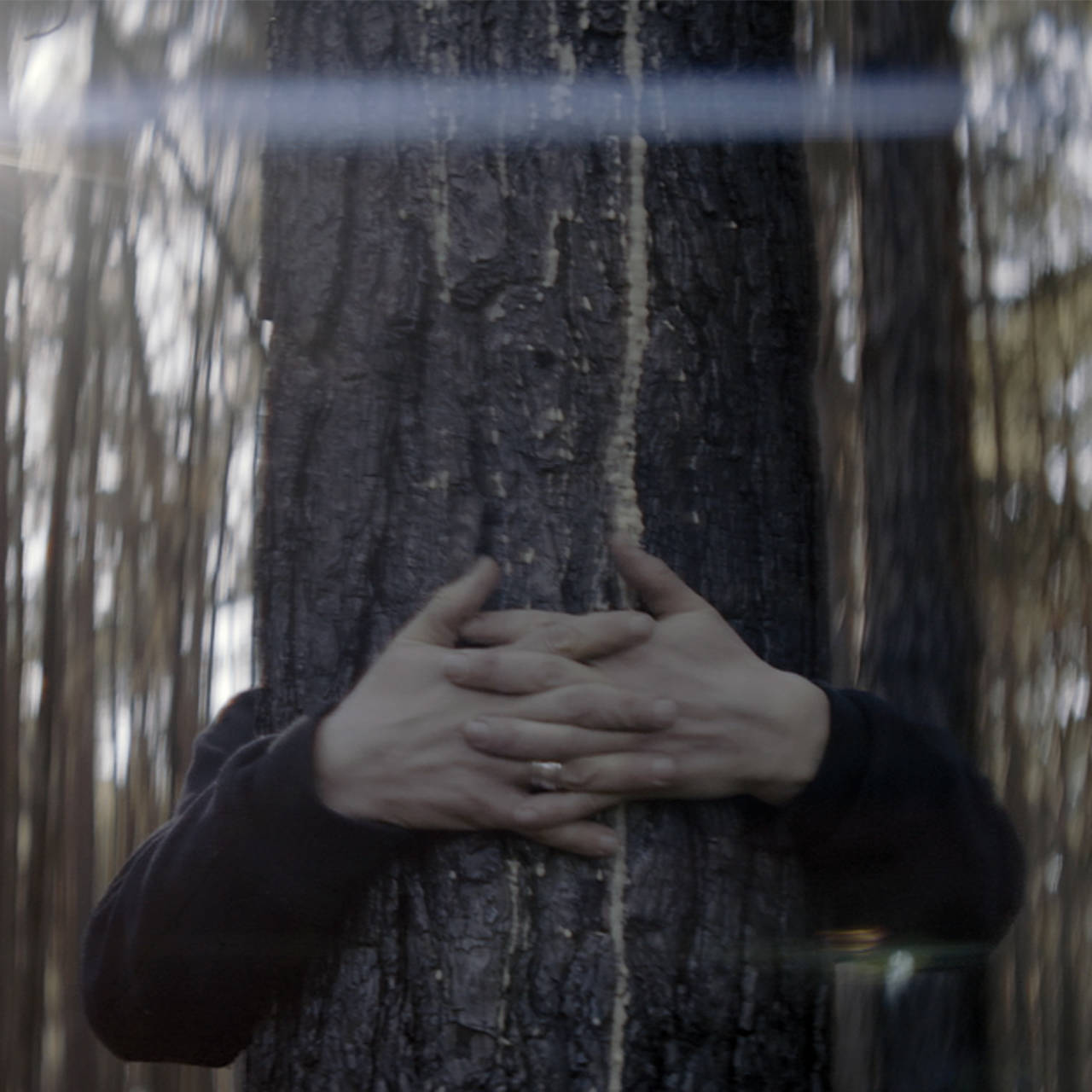
A poetic approach to the world
Solitude, subjective feelings, ineffability, desire, a poetic approach to the world and our surroundings – these themes were typical for the Romantic...
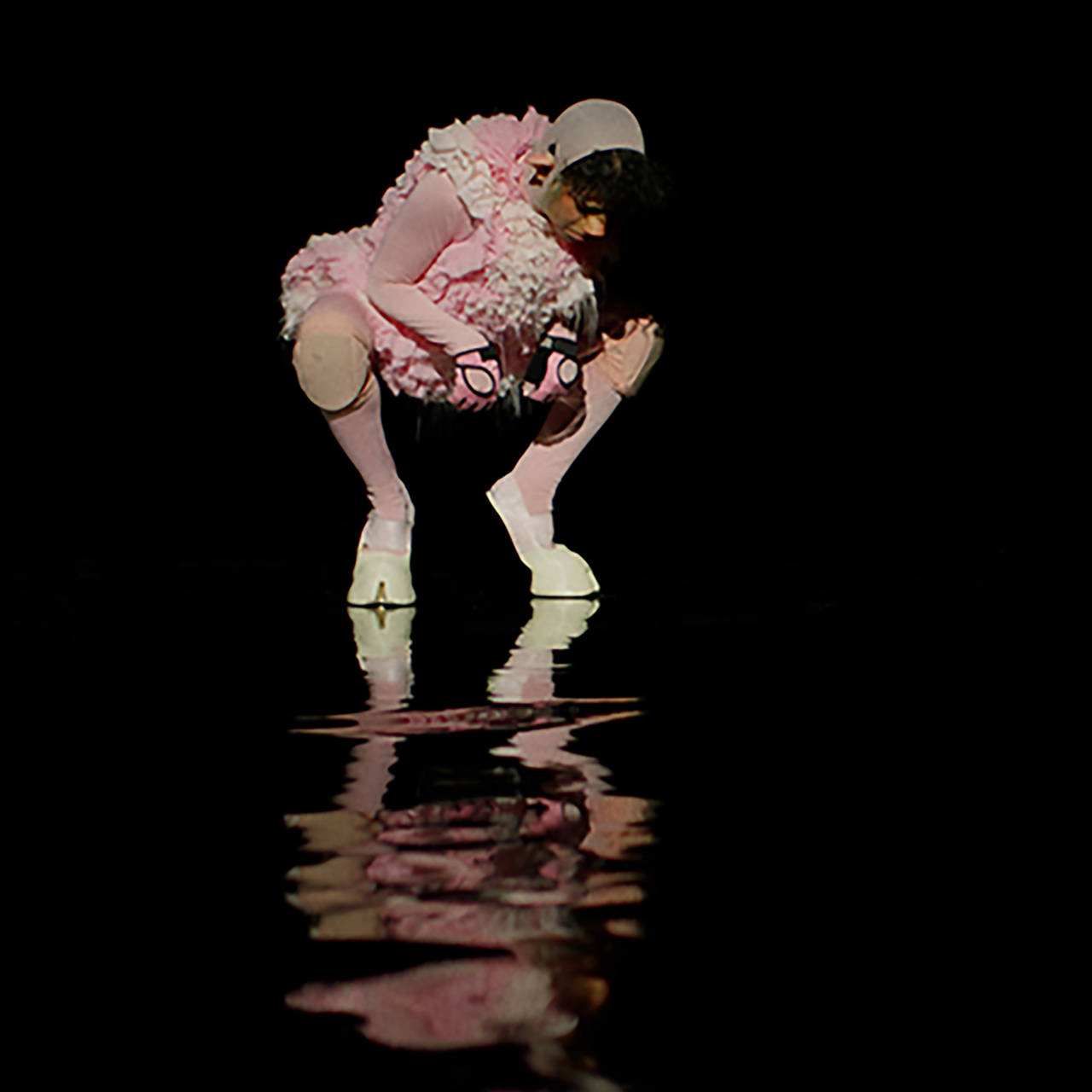
The Fabulously Strange World of Marianna Simnett
A maltreated piglet runs into a pond before finding itself in a surreal underworld and encountering dogs in latex costumes. In the DOUBLE FEATURE with...
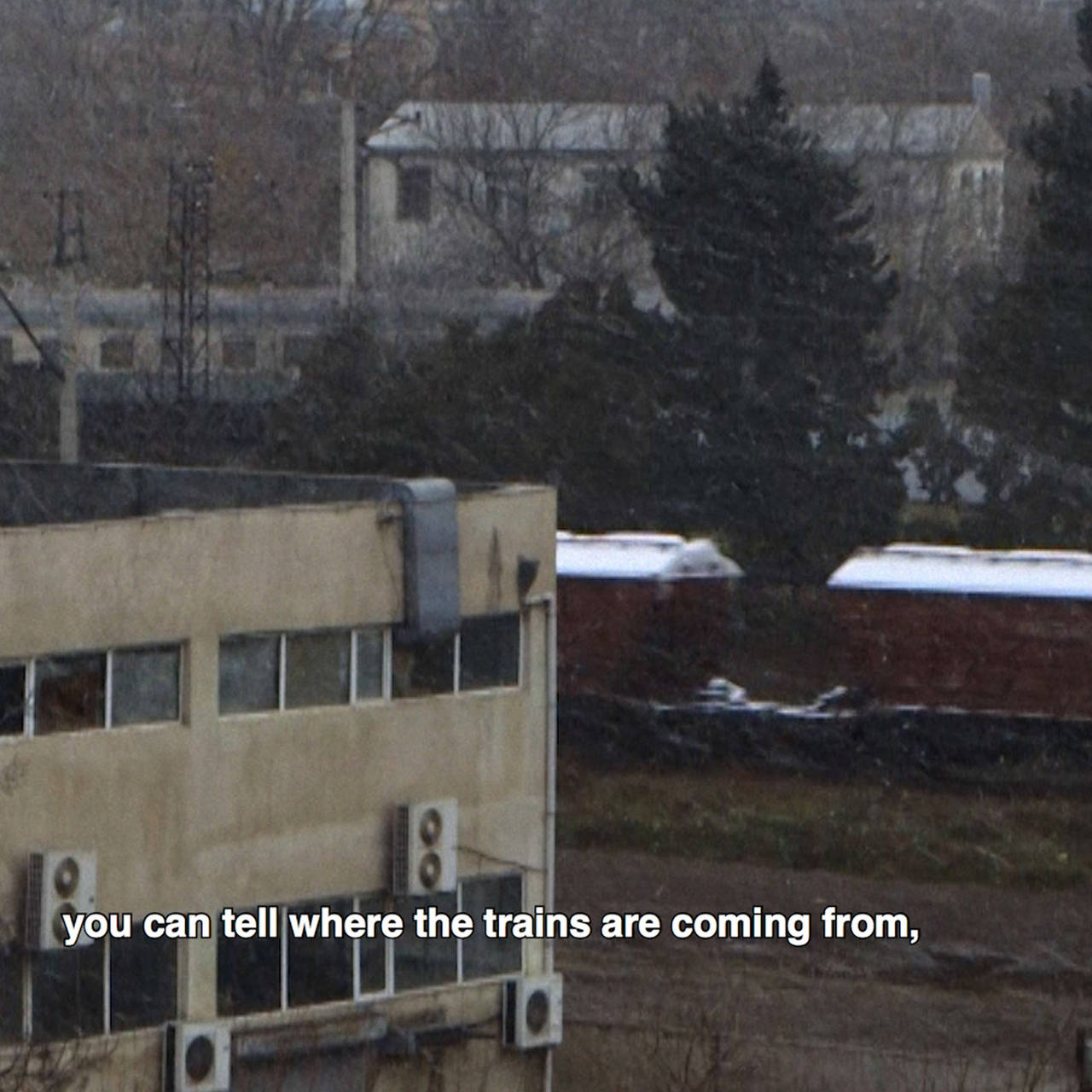
A search for traces along countless freight trains
In her video work “A State in a State” Tekla Aslanishvili addresses the simultaneity of war, political upheaval, and economic factors. The artist...
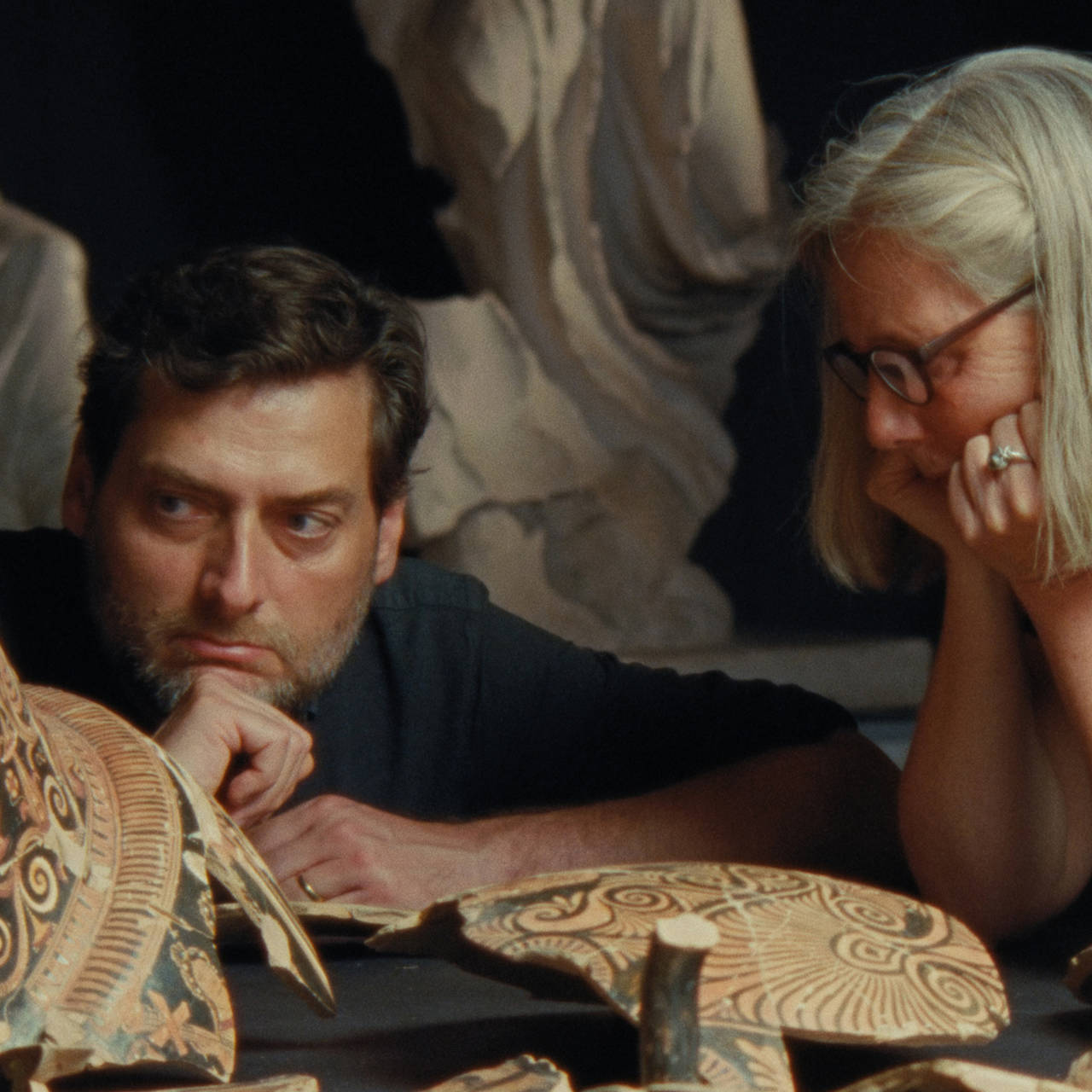
Forensic Archaeology. On Detective Work in Art
In the Geneva Freeport complex alone there are said to be round 1.2 million works of art (including Nazi looted art). The artist of the upcoming...
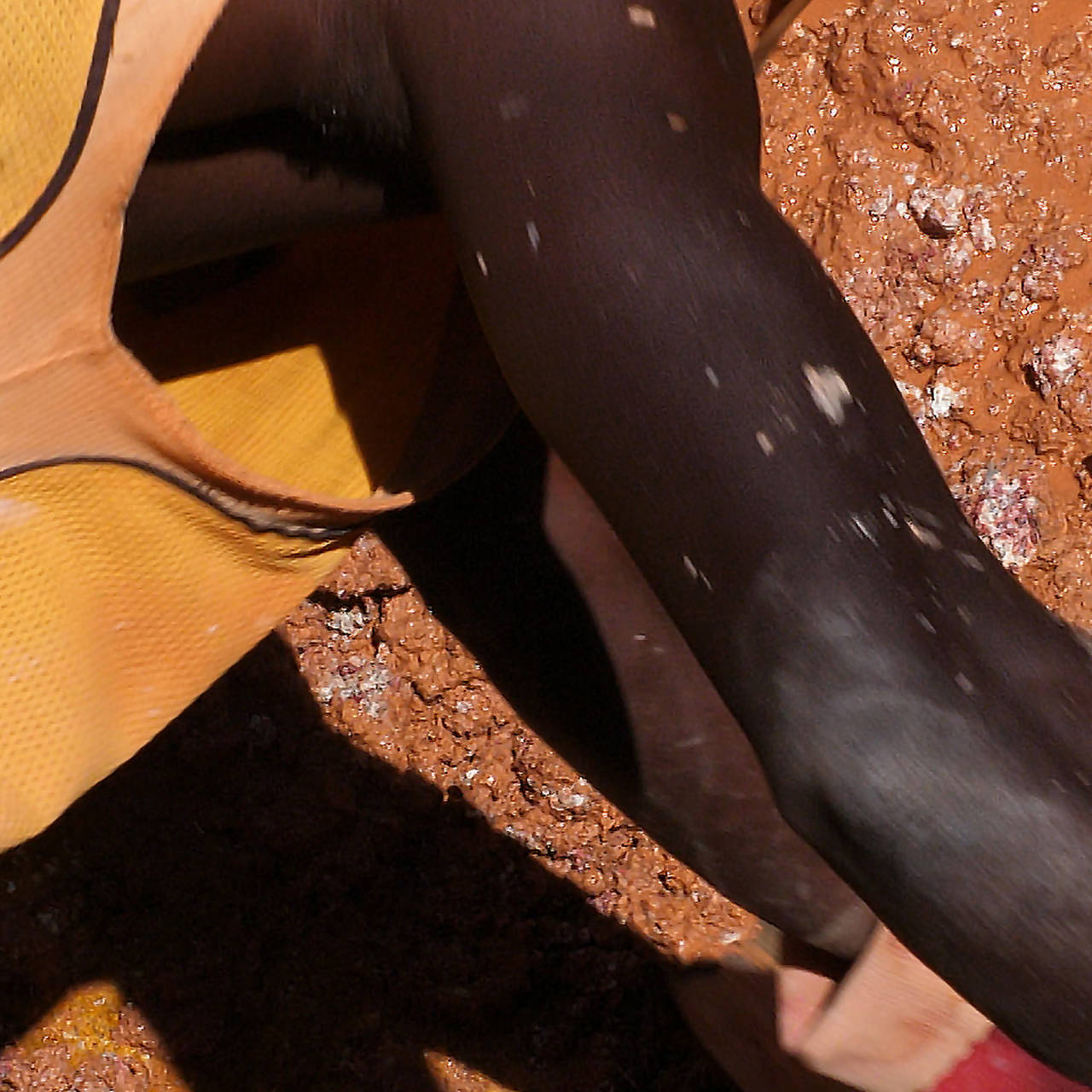
The blessing and curse of Nigerian tin mining
The Jos Pleateau in Nigeria was famous for its tin mining during the time of British colonial rule. In her video work “Plateau,” Karimah Ashadu...
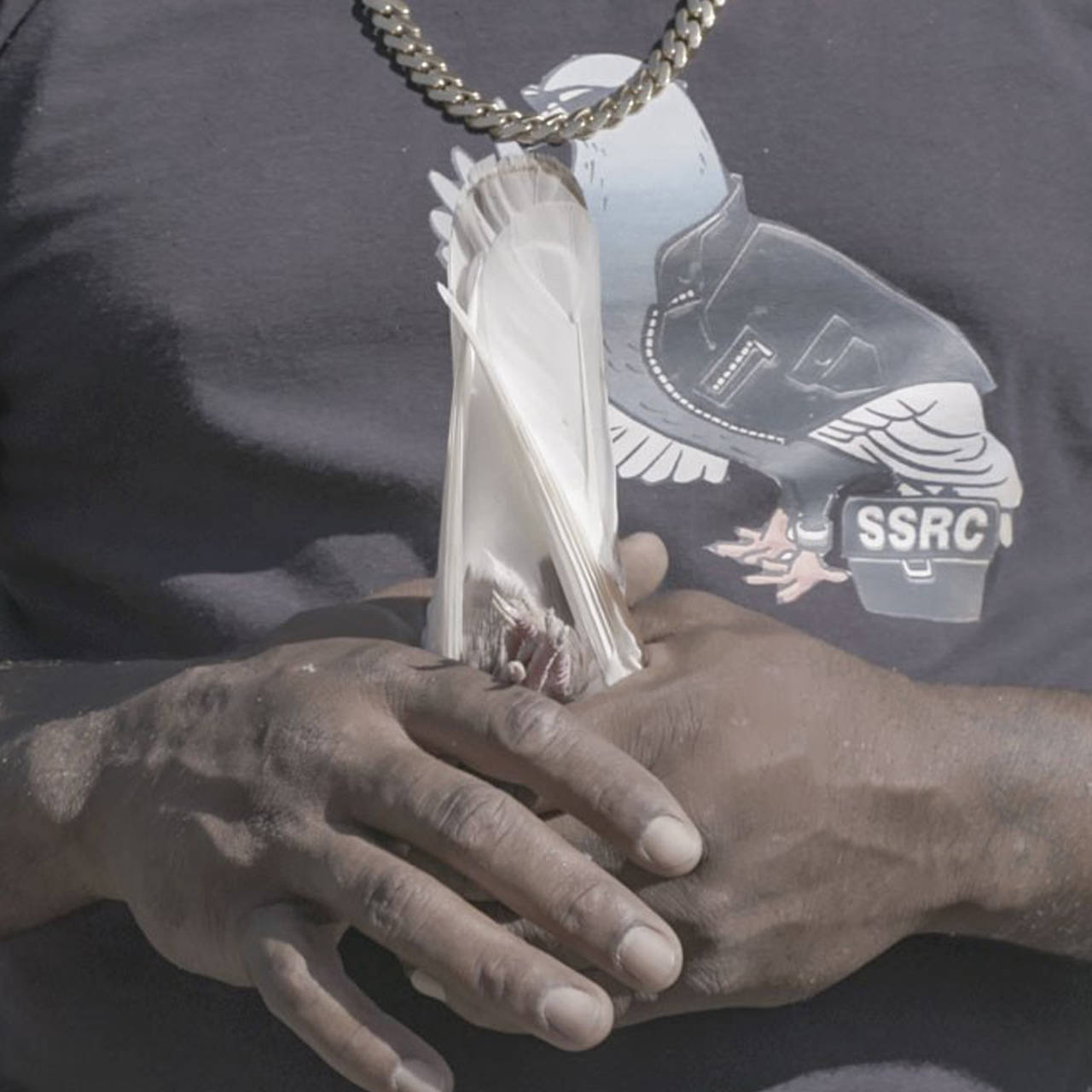
About Pigeons and People
Yalda Afsah’s video work “SSRC” places the focus squarely on the relationship between humans and animals. For in the Secret Society Roller Club – also...
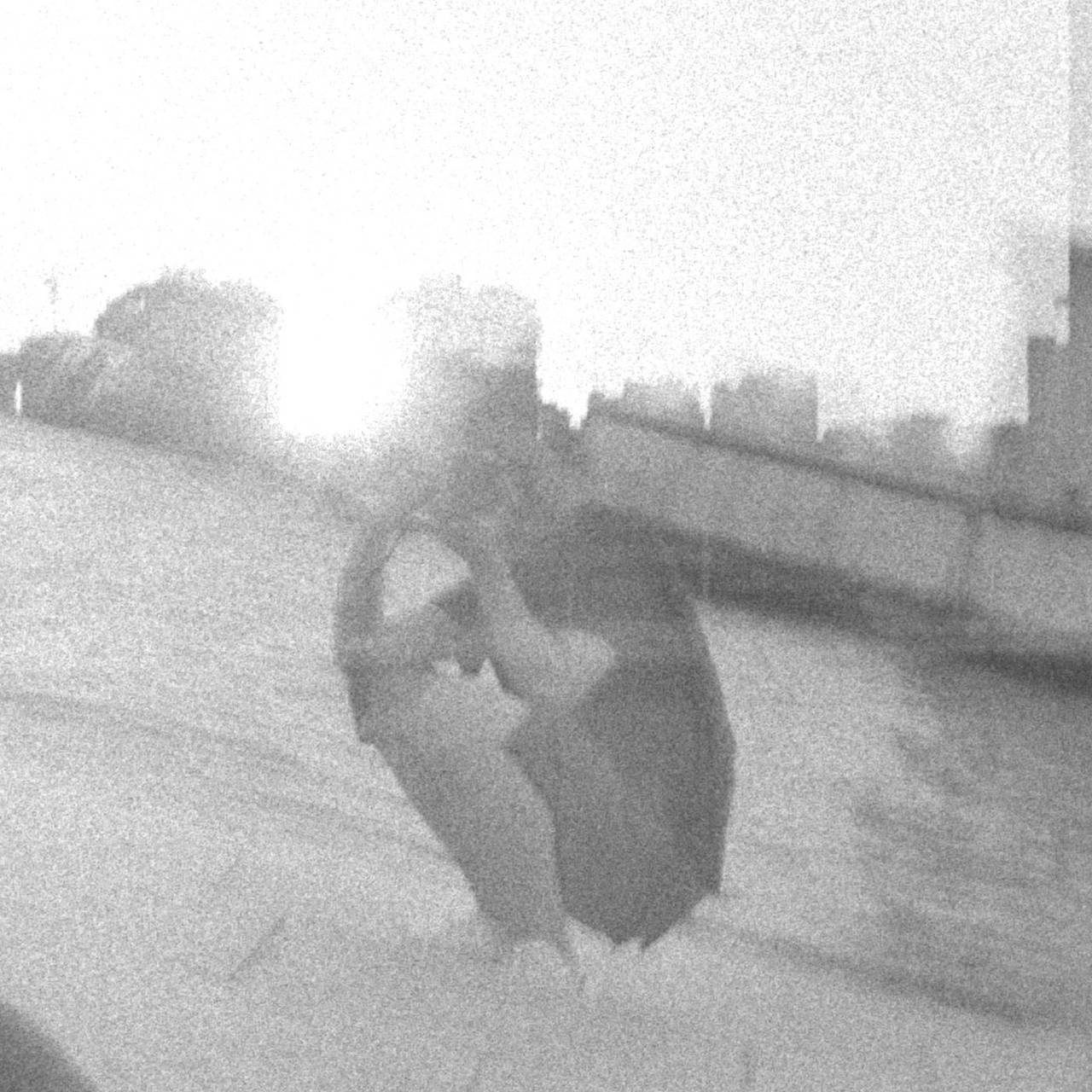
(Re-)Visiting Changsha
What if Roland Barthes had been a local tourist? In his new video piece “Sight Leak” (2022), Chinese artist Peng Zuqiang re-imagines the French...
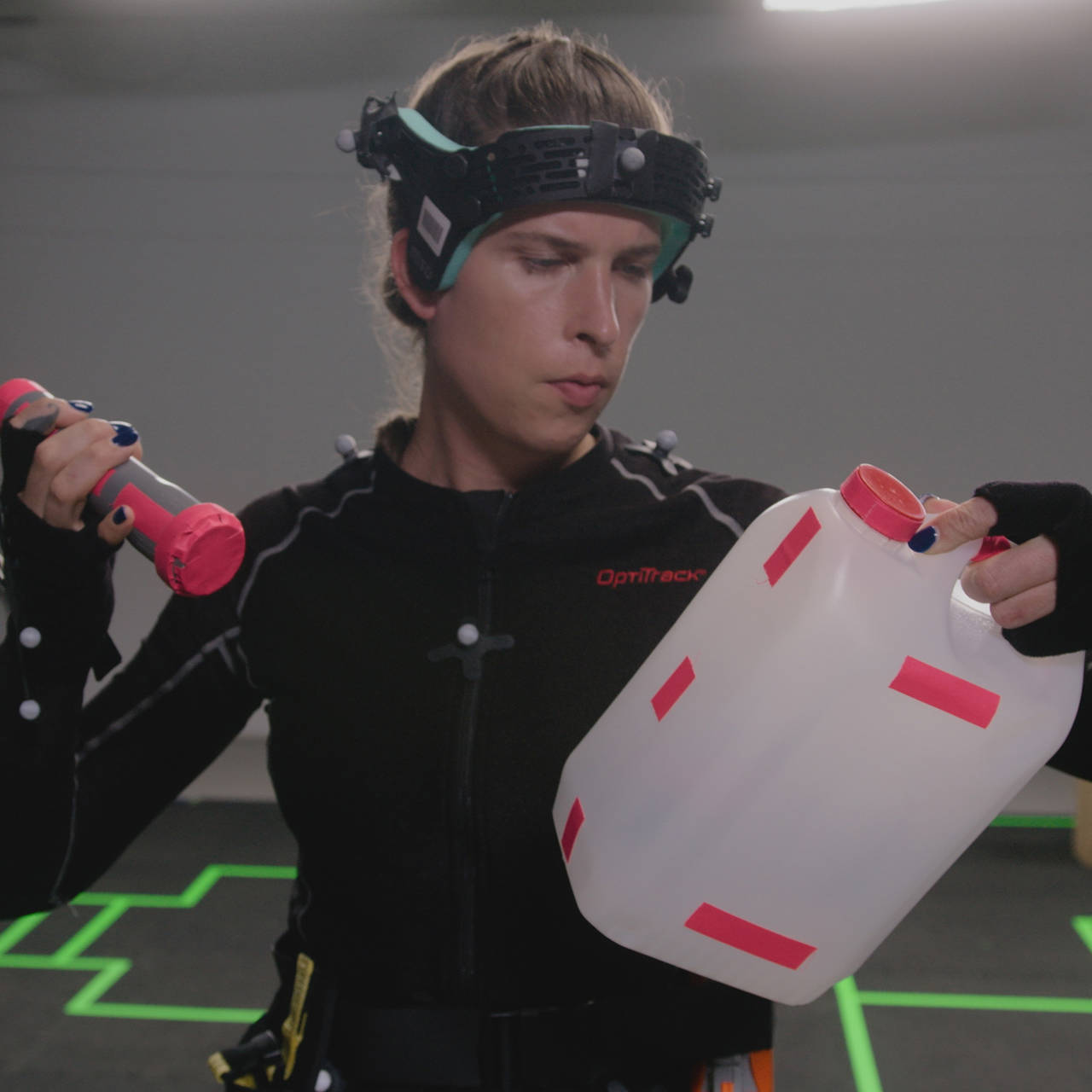
The sinister world of Unica B
Ominous, dark premonitions define the mood of Anja Kirschner’s video work “Unica” (2022). Or is it much more repressed memories of the past?...